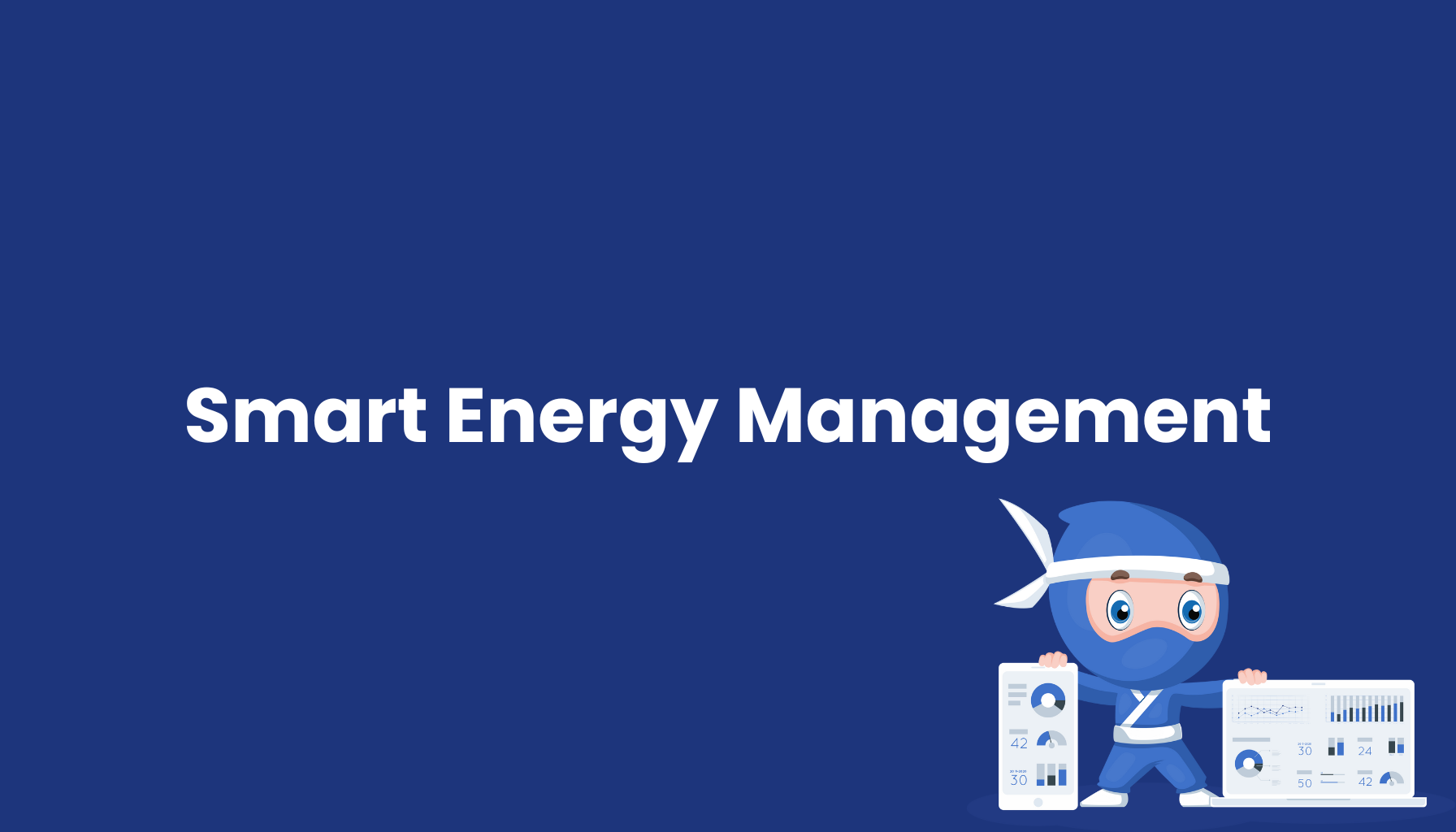Smart Energy Management

Definition
Smart Energy Management utilizes AI, IoT, and data analytics to monitor, optimize, and make energy consumption in production more sustainable. This intelligent approach transforms traditional energy usage from reactive cost centers into strategic optimization opportunities that drive both environmental and economic benefits.
Core Technologies
- AI-powered optimization algorithms: Machine learning models that predict and optimize energy consumption patterns
- IoT sensor networks: Real-time monitoring of energy flows across production equipment and facilities
- Advanced analytics platforms: Data processing engines that identify inefficiencies and optimization opportunities
- Automated control systems: Dynamic adjustment of energy usage based on production schedules and demand forecasting
Advantages
Economic Benefits:
- Cost Reduction: Optimized energy usage reduces operational expenses by 15-30% through intelligent load management
- Peak Demand Management: Automated load balancing prevents costly demand charges during peak hours
- Energy Procurement: Data-driven strategies for optimal energy purchasing and contract negotiations
- ROI Acceleration: Rapid payback periods through immediate energy savings and efficiency gains
Environmental Impact:
- Sustainability: Minimized CO2 footprint through optimized renewable energy integration and reduced waste
- Carbon Neutrality: Strategic energy planning supports net-zero manufacturing initiatives
- Resource Conservation: Intelligent systems prevent energy waste and optimize resource utilization
- Regulatory Compliance: Automated reporting for environmental standards and carbon tracking requirements
Operational Excellence:
- Transparency: Real-time insights into energy flows enable informed decision-making across all production levels
- Predictive Maintenance: Energy pattern analysis identifies equipment inefficiencies before failures occur
- Production Optimization: Energy-aware scheduling maximizes productivity while minimizing consumption
- Quality Assurance: Stable energy supply ensures consistent production parameters and output quality
Applications
Chemical Industry:
- Process optimization for energy-intensive reactions and distillation columns
- Heat recovery systems that capture and reuse waste thermal energy
- Automated reactor temperature control to minimize energy consumption
- Predictive modeling for optimal catalyst usage and energy efficiency
Manufacturing Industry:
- Smart factory systems that coordinate energy usage across multiple production lines
- Automated HVAC control based on production schedules and occupancy patterns
- Machine-level energy monitoring for equipment efficiency optimization
- Compressed air system optimization reducing energy waste by up to 40%
Steel and Metal Processing:
- Electric arc furnace optimization for reduced power consumption
- Intelligent scheduling of energy-intensive operations during off-peak hours
- Waste heat recovery from high-temperature processes
- Predictive maintenance for energy-critical equipment
Food and Beverage:
- Refrigeration system optimization maintaining product quality while reducing energy use
- Automated lighting and climate control based on production activities
- Steam system efficiency improvements for cooking and sterilization processes
- Energy-optimized cleaning and sanitization cycles
Implementation Framework
Assessment Phase:
- Energy audit and baseline establishment across all production areas
- Identification of high-consumption equipment and processes
- Gap analysis between current and optimal energy usage patterns
Technology Integration:
- IoT sensor deployment for comprehensive energy monitoring
- AI algorithm development tailored to specific production requirements
- Integration with existing manufacturing execution systems and enterprise platforms
Optimization Deployment:
- Automated control system implementation for real-time energy management
- Predictive analytics for demand forecasting and load planning
- Continuous learning algorithms that adapt to changing production patterns
Advanced Features
Renewable Energy Integration:
- Solar and wind energy forecasting for optimal renewable utilization
- Battery storage optimization for peak shaving and load balancing
- Grid interaction management for energy trading and demand response programs
Digital Twin Technology:
- Virtual energy models for scenario planning and optimization testing
- Real-time simulation of energy consumption under different production scenarios
- Predictive modeling for future energy requirements and capacity planning
Machine Learning Capabilities:
- Pattern recognition for anomaly detection in energy consumption
- Automated optimization of equipment operating parameters
- Continuous improvement through historical data analysis and trend identification
Future Trends
Carbon Intelligence:
- Real-time carbon footprint calculation and optimization
- Automated carbon offset purchasing and renewable energy certificates
- Integration with sustainability reporting and ESG compliance systems
Grid Modernization:
- Smart grid integration for dynamic pricing optimization
- Vehicle-to-grid connectivity for electric fleet energy management
- Microgrids for enhanced energy security and independence
Advanced Analytics:
- Quantum computing applications for complex energy optimization problems
- Blockchain-based energy trading and certificate verification
- Digital twins for entire energy ecosystems and supply chain optimization
Smart Energy Management evolves from simple monitoring to intelligent orchestration, creating autonomous systems that continuously optimize energy usage while supporting sustainability goals and operational excellence.


